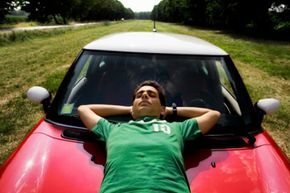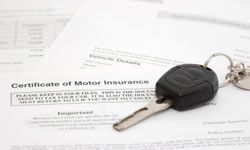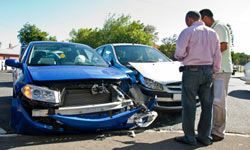My current dream car is a Mini Cooper (OK, my real dream car is probably a 1930s Packard or something along those lines, but let's be realistic). However, I've always driven sensible sorts of cars like four-door sedans and station wagons, and usually, they've been pre-owned.
During my most recent car-shopping expedition, I didn't think about how the kind of car I bought could potentially change my insurance rate. I just assumed that it would go up with a newer car (unless I did go for that classic car, of course), and I knew I wouldn't be getting anything pricey or high-end. I just wanted a safe, reliable vehicle I could afford, and ultimately, my rate didn't go up enough to make a huge dent in my overall budget.
Advertisement
But that's just me. If you have your heart set on a specific car or have the means and desire for a luxury vehicle, you should definitely consider how your insurance rate will affect the overall cost of owning your car.
Lots of things go into figuring out that rate, and car insurance companies employ statisticians called actuaries to do it. Each company has its own proprietary formula -- so it's a bit of a mystery -- but we do know that statistics compiled about the type of car you drive are very important in determining how much you'll pay.
But before you think that your desire for a brand-new, shiny red sports car will guarantee you sky-high insurance rates, consider this -- an older, "boring" car may be expensive to insure, too. Read on to find out why.
Advertisement




